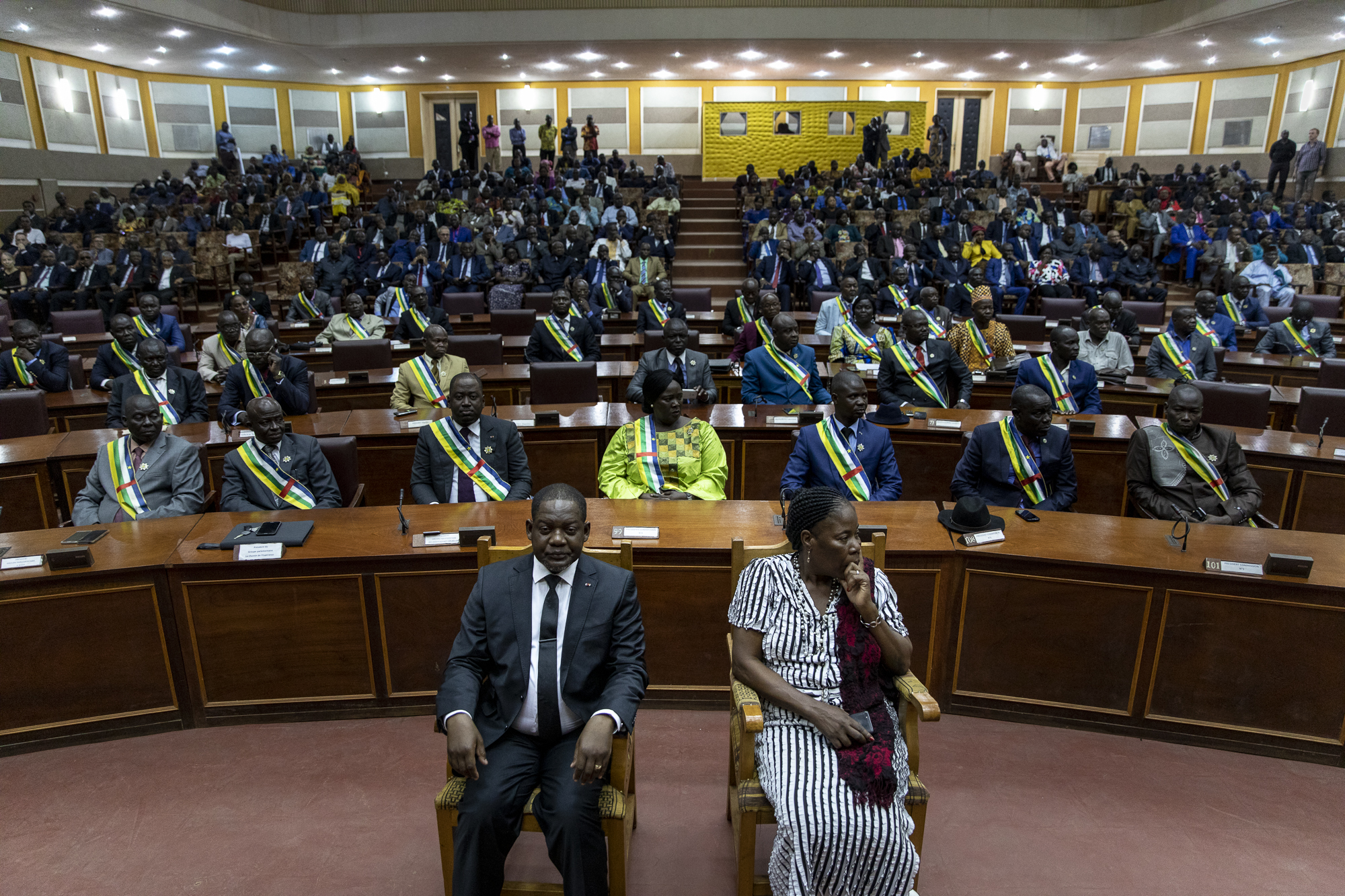Here in the post, we discussed the meaning of National Assembly, the history and constitution of the Assembly of The Central African Republic.
What is the meaning of a National Assembly?
The National Assembly (NA) is one of the two Houses of Parliament. The National Assembly is responsible for choosing the President, passing laws, ensuring that the members of the executive perform their work properly, and providing a forum where the representatives of the people can publicly debate issues.
Read: PAST PRESIDENTS OF THE CENTRAL AFRICAN REPUBLIC
In politics, a national assembly is either a unicameral legislature, the lower house of a bicameral legislature, or both houses of a bicameral legislature together. In the English language it generally means “an assembly composed of the representatives of the nation.” The population base represented by this name is manifestly the nation as a whole, as opposed to a geographically select population, such as that represented by a provincial assembly. The powers of a National Assembly vary according to the type of government. It may possess all the powers of government, generally governing by committee, or it may function solely within the legislative branch of the government.
National Assembly of the Central African Republic
The National Assembly is the lower house of the Parliament of the Central African Republic. Members are elected in single-member constituencies using the two-round (or Run-off) system. Members serve five-year terms.
History
The National Assembly formed following elections held on 13 March and 8 May 2005, and had a total of 105 members.
The legislature of the Central African Republic was previously (at least as of 1990) a bicameral institution known as Congress, of which the National Assembly was the lower house; the upper house was called the Economic and Regional Council (French: Conseil Economique et Regional).
The National Assembly will be dissolved by Jan 11, 2014 and new legislative elections will be held, according to a ceasefire agreement signed between the government and the Seleka rebel coalition on Jan 11, 2013 in Libreville, Gabon. According to the agreement, a national unity government will be formed and a prime minister will be chosen from the opposition parties.
The National Assembly is the lower house of the Parliament of the Central African Republic since the ratification of the Constitution of the Central African Republic on March 27, 2016.
Constitution of the Central African Republic
The Constitution of the Central African Republic was approved by referendum on December 15, 2015 and formally adopted on March 27, 2016. Since its independence in 1960, the Central African Republic has used many constitutions, showing a great political instability with coups.
The constitutions used by the Central African Republic are:
Constitution of November 26, 1964 (First Republic);
Constitutional Act of January 8, 1966;
Imperial Constitution of December 4, 1976 (Central African Empire);
Constitutional Act of September 21, 1979 (Republic restored);
Constitution of February 5, 1981 (Second Republic);
Constitutional Act of September 1, 1981;
Constitutional Act of 1985;
Constitution of November 28, 1986 (Third Republic);
Constitution of January 14, 1995 (Fourth Republic);
Constitutional Act of March 15, 2003;
Constitution of December 27, 2004 (Fifth Republic);
Constitutional Charter of January 18, 2013 (transition).


